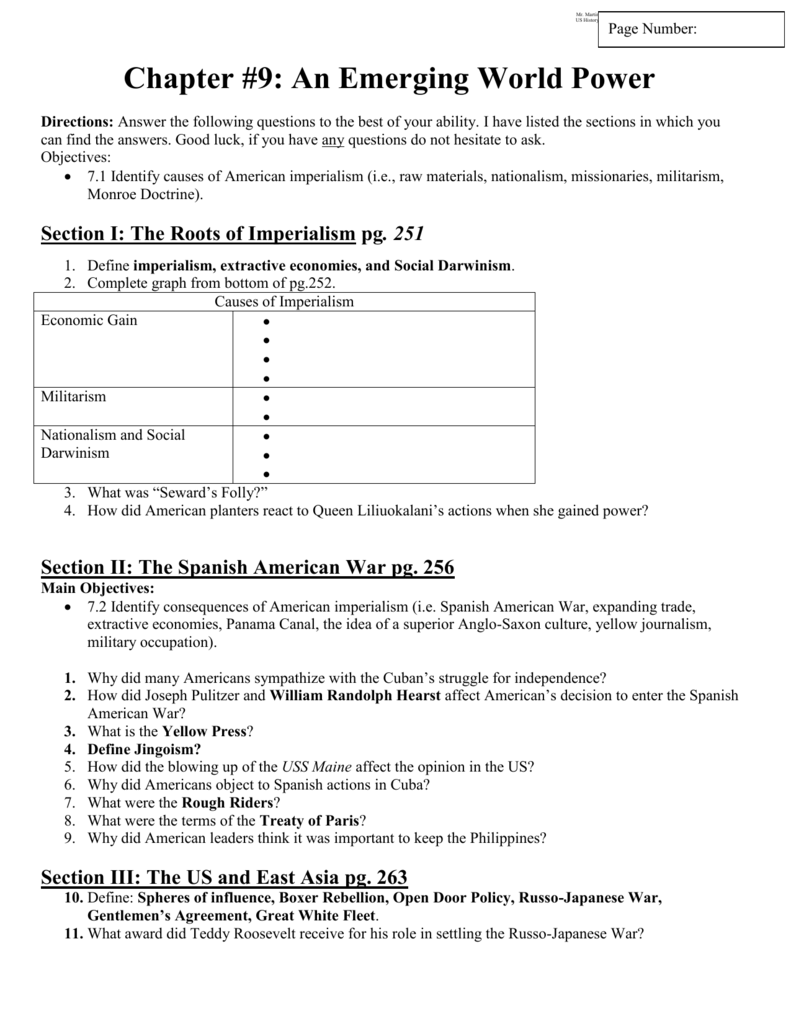
This is illustrated, for example, in Resolution 1510 and Recommendation 1804 of the Parliamentary Assembly of the Council of Europe, from 20, respectively: They have also walked a fine line between consistently encouraging interfaith dialogue and recognising limitations of state roles in religious affairs. These resolutions have actively promoted shared values whilst recognising diversity between member states in how these are applied (Orton 2014a). Resolutions by the Assembly of the Council of Europe also illustrate how commonalities between positions are understood by members. For particular states, there may also often be differences between stated constitutional positions and everyday policy in practice (Fox 2011).Ĭontemporary negotiations between Council of Europe member states provide one example of diverse state responses in policy and practice. These debates have led to different historical, philosophical, political, cultural, legal and constitutional responses to religious diversity in different contexts across the globe, including within Europe (Parekh 2006 Foblets and Alidadi 2013). Mass media coverage has fuelled these debates (European Commission 2009), often exacerbating public feelings against immigrants and particular minority religious groups, whilst linking them in public perception to security or other threats this has happened not least when reporting terrorist attacks claiming religious motivation and the role played by religion in various geo-political instabilities. This is especially true given continuing contestations over secularisation, values and rights, which remain heavily debated within and between different contexts. However, it should be recognised at the outset that the relationship between such activities, the public sphere and the state has long been recognised as a controversial one.


In the process, I argue for a more nuanced understanding of the range of possible questions which need to be asked by policymakers and practitioners, and the potential answers which may be given, if these interfaith activities are to successfully build improved relationships and mutual understanding within wider society. This article seeks to critically explore the contribution made by interfaith dialogue activities by developing a theoretical framework of key questions necessary to understand this activity, illustrating this with examples from my cumulative research experience in European contexts since 2004. The development of improved dialogue between people identifying with different religious faiths has often been promoted as a positive way of building more cohesive communities in response to the perceived threat and conflict which can arise from such divisions. At the same time, high levels of transnational migration and supranational movements and identities, including those with religious dimensions, have been important factors in the resurgent public and political recognition of these groups this recognition has been reflected in terms of the complex and often controversial entanglements of such groups with the public sphere and wider civil society (whether for service, protest or other reasons) (Cherry 2014). Such situations have long been recognised as creating significant potential for mutual misunderstanding and conflict between groups, especially given histories where group differences of religious faith and culture have been exploited, sometimes violently, for political ends (e.g. One potential outcome of this process is what Cantle ( 2005, 69–70) described as people living ‘parallel lives’, in which people belonging to different groups may live alongside each other, but rarely interact in any meaningful way with each other. There are particular concerns when patterns of relationships develop over time that decrease the likelihood of interaction and dialogue taking place between diverse individuals and groups within particular contexts. 2002, 10 and 9, respectively)Īs Sacks explains, the psychological, social and political dynamics of religion are frequently implicated within contemporary concerns over division and conflict between different individuals, groups and countries in a globalised world. If religion is not part of the solution, then it will certainly be part of the problem. In the very process of creating community within their borders, religions can create conflict across those borders. The very process of creating an ‘Us’ involves creating a ‘Them’ – the people not like us. …Įligion is one of the great answers to questions of identity. That can be experienced as a profound threat to identity. In the street, at work, and on the television screen we constantly encounter cultures whose ideas and ideals are unlike ours.


We live in the conscious presence of difference.


 0 kommentar(er)
0 kommentar(er)
